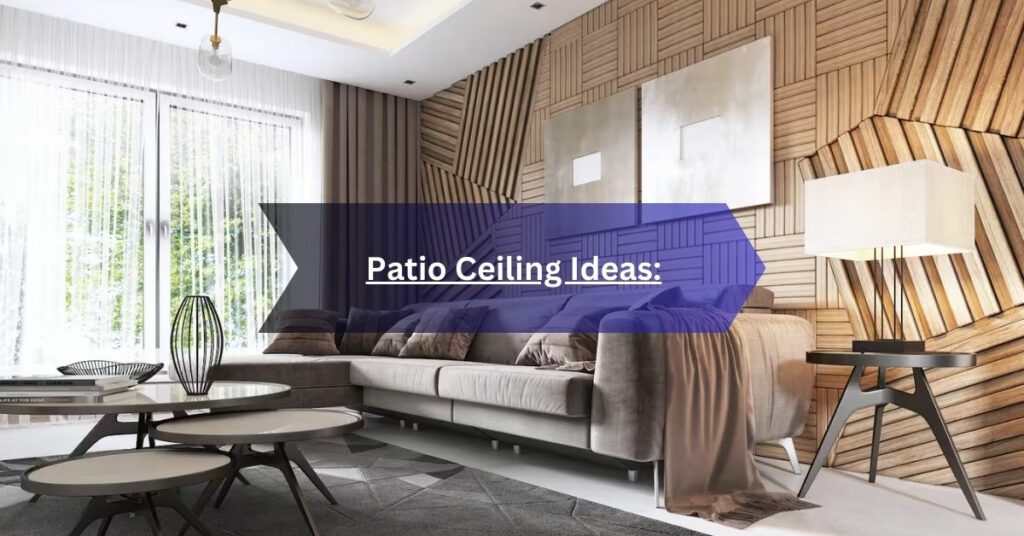Patio ceilings are often pivotal in outdoor design, yet they’re frequently overlooked.
Beyond merely providing shelter, patio ceilings have the power to transform an ordinary outdoor space into a captivating retreat.
They serve as the overhead canvas upon which the ambiance and style of the patio are painted, influencing everything from comfort to aesthetics.
In this blog, we’ll explore patio ceilings, uncovering unique and stylish ideas to elevate your outdoor living experience.
Importance of Patio Ceilings
One of the primary functions of patio ceilings is to create a comfortable and visually appealing outdoor environment. By providing overhead shelter, patio ceilings offer shade from the sun’s harsh rays, allowing you to enjoy your outdoor space even on the hottest days.
Additionally, they can help regulate temperatures, creating a more pleasant atmosphere for relaxation and entertainment. Furthermore, the design and material choices for patio ceilings play a significant role in shaping the ambiance of the outdoor space, whether it’s a cozy retreat or an elegant alfresco dining area.
Wood Paneling
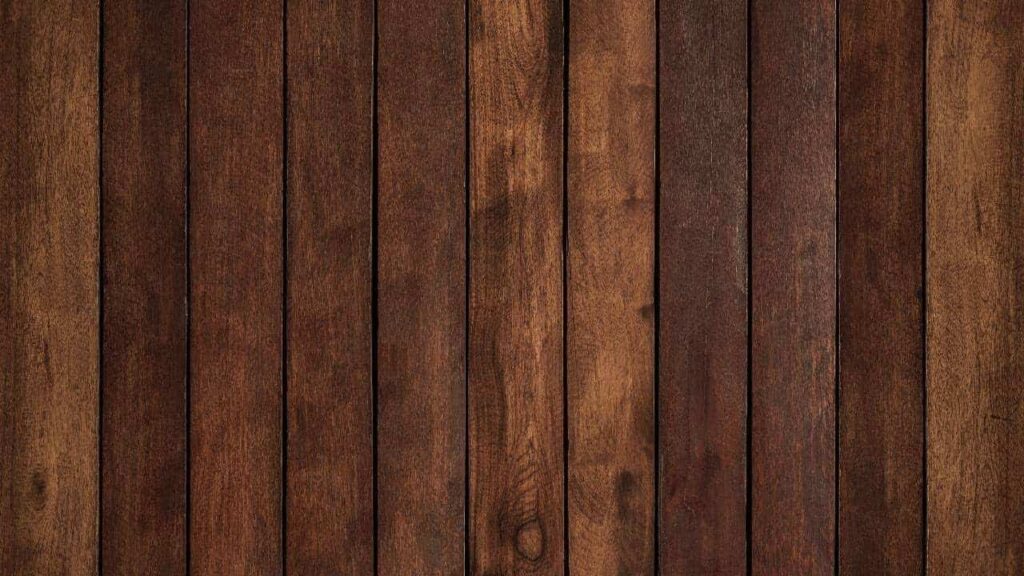
Natural Warmth And Beauty
Wood paneling offers a timeless allure to patio ceilings, infusing the outdoor space with natural warmth and beauty. The rich textures and earthy tones of wood create a cozy atmosphere, inviting guests to relax and unwind amidst the embrace of nature.
Whether you prefer the rustic charm of reclaimed barn wood or the sleek elegance of cedar planks, wood paneling adds an organic touch that enhances the overall ambiance of your patio.
Read: Exploring the Asan N’Jie Wiki
Varieties Of Wood Paneling Options
Regarding wood paneling options for patio ceilings, the possibilities are virtually endless. Some popular choices include:
- Cedar: Known for its durability and natural resistance to decay, cedar is a popular choice for outdoor applications. Its aromatic scent and rich color variations add character to patio ceilings.
- Pine: Affordable and readily available, pine wood paneling offers a classic look with its distinctive grain patterns and warm tones. While pine requires more maintenance than cedar, proper sealing and finishing can prolong its lifespan.
- Redwood: Renowned for its striking appearance and exceptional durability, redwood paneling lends a luxurious feel to patio ceilings. Its natural resistance to insects and decay makes it an ideal choice for outdoor use.
- Teak: Prized for its strength, teak wood paneling boasts a rich golden hue that deepens over time, adding warmth to patio ceilings. Teak is naturally resistant to moisture, making it well-suited for humid climates.
C. Maintenance Tips And Considerations
- Sealant: Apply a high-quality sealant or wood preservative to protect the wood from moisture, UV rays, and rot. Reapply the sealant periodically according to the manufacturer’s recommendations.
- Cleaning: Regularly clean the wood paneling with a mild detergent and water solution to remove dirt, dust, and mildew. Avoid harsh chemicals or abrasive cleaners, as they can damage the wood’s finish.
- Inspection: Periodically inspect the wood paneling for signs of damage, such as cracks, warping, or insect infestation. Promptly repair any issues to prevent further deterioration.
- Refinishing: Wood paneling’s finish may wear away over time due to exposure to the elements. Consider refinishing the wood periodically to restore its appearance and protect it from environmental damage.
Bamboo Shades
Tropical And Eco-Friendly Option
Bamboo shades offer a tropical and eco-friendly alternative for patio ceilings, bringing a touch of exotic flair to outdoor spaces. As a sustainable material, bamboo is rapidly renewable, making it an environmentally conscious choice for homeowners.
Its natural texture and warm hues evoke a sense of paradise, creating a tranquil ambiance reminiscent of tropical retreats.
Versatility In Design And Installation
One of the critical advantages of bamboo shades is their versatility in design and installation. Available in a variety of styles, from roll-up blinds to Roman shades, bamboo offers options to suit different aesthetic preferences and functional needs.
Whether you prefer a seamless, contemporary look or a more rustic, artisanal feel, there’s a bamboo shade design to complement your patio decor. Additionally, bamboo shades are relatively easy to install, offering flexibility in placement and adjustment.
Advantages And Disadvantages
Advantages:
- Natural Aesthetic: Bamboo shades add a natural, organic element to outdoor spaces, enhancing the overall aesthetic appeal of patios.
- UV Protection: Bamboo shades provide shade and protection from harmful UV rays, helping to create a comfortable and safe environment for relaxation and entertainment.
- Eco-Friendly: Bamboo is a renewable resource that proliferates and requires minimal pesticides or fertilizers, making bamboo shades an environmentally friendly choice.
- Durability: Bamboo is inherently durable and resistant to moisture, insects, and rot, ensuring that bamboo shades can withstand outdoor conditions for years.
Disadvantages:
- Maintenance: Bamboo is durable but requires regular maintenance to preserve its appearance and longevity. Periodic cleaning and resealing may be necessary to prevent mold, mildew, and fading.
- Limited Insulation: Bamboo shades offer some insulation against heat and cold but may provide less thermal resistance than other materials like wood or metal.
- Cost: Bamboo shades can be more expensive upfront compared to synthetic alternatives, although their longevity and eco-friendly qualities may offset the initial investment over time.
Fabric Canopies
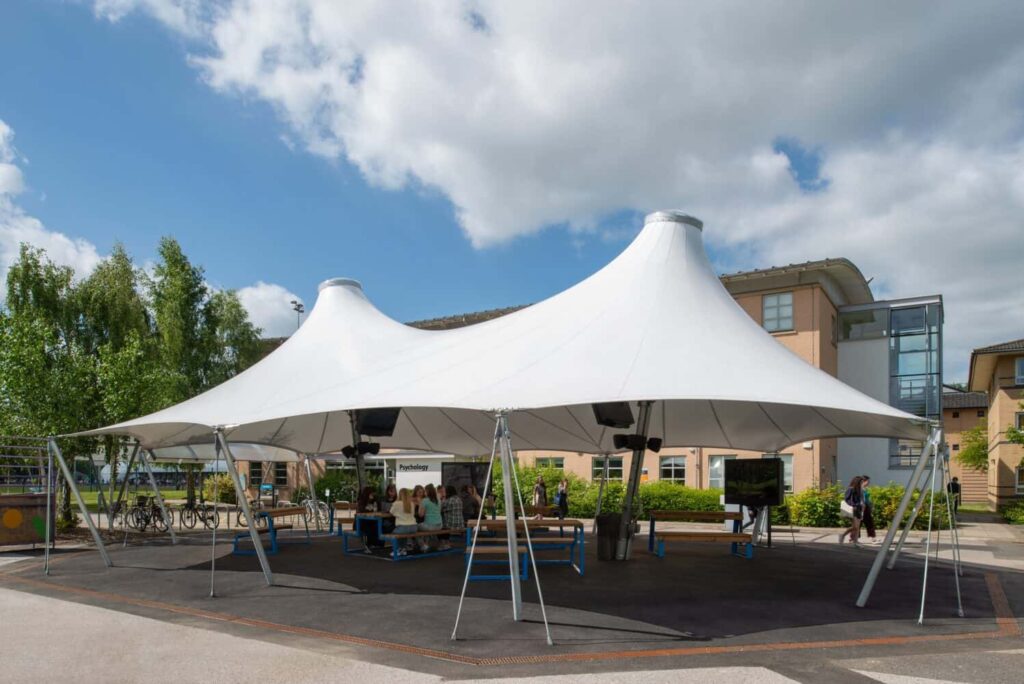
Soft And Elegant Touch
Fabric canopies impart a soft and elegant touch to patio ceilings, creating a luxurious and inviting atmosphere. Unlike solid materials, such as wood or metal, fabric canopies diffuse light and create a gentle, diffused ambiance, perfect for lounging or dining alfresco.
The flowing drapes add a sense of romance and intimacy to outdoor spaces, making them ideal for intimate gatherings or quiet retreats.
Read: Cavazaque: The Majestic Equine Breed You Need To Know About
Options For Different Fabric Materials And Colors
When it comes to fabric canopies for patio ceilings, homeowners have many options in terms of materials and colors. Common fabric materials used for canopies include:
- Sunbrella: Known for its durability and resistance to fading, Sunbrella fabric is a popular choice for outdoor applications. Available in a wide range of colors and patterns, Sunbrella canopies offer both style and performance.
- Polyester: Polyester fabric is lightweight, affordable, and easy to maintain, making it a practical choice for patio canopies. While not as durable as Sunbrella, polyester offers a variety of color options to suit different design schemes.
- Mesh: Mesh fabric provides shade and ventilation while allowing some sunlight to filter through, creating a comfortable and airy environment. Mesh canopies are particularly well-suited for hot climates or areas with high humidity.
Exposed Beams
Rustic And Architectural Appeal
Exposed beams lend a rustic and architectural appeal to patio ceilings, adding character and charm to outdoor spaces. Whether crafted from wood, metal or a combination of both, exposed beams create a visually striking focal point that enhances the overall aesthetic of the patio.
Their raw, natural beauty evokes a sense of craftsmanship and authenticity, making them particularly well-suited for rustic, farmhouse, or industrial-inspired design schemes.
Incorporating Different Materials Like Wood Or Metal
One key advantage of exposed beams for patio ceilings is the ability to incorporate different materials, such as wood or metal, to achieve a custom look and feel.
Wood beams offer warmth, texture, and natural beauty, making them a popular choice for traditional or rustic-style patios. Options like cedar, pine, or reclaimed barn wood can create beams with distinctive grain patterns and rich, earthy tones.
Design Inspirations And Considerations
When designing patio ceilings with exposed beams, there are various inspirations and considerations to keep in mind:
- Consider architectural style for beam designs
- Ensure beams match patio size for balance
- Incorporate lighting and fixtures for ambiance
- Regular maintenance preserves appearance and integrity
- Wood may need sealing, metal cleaning
- Plan for material upkeep in the design
Painted Patterns
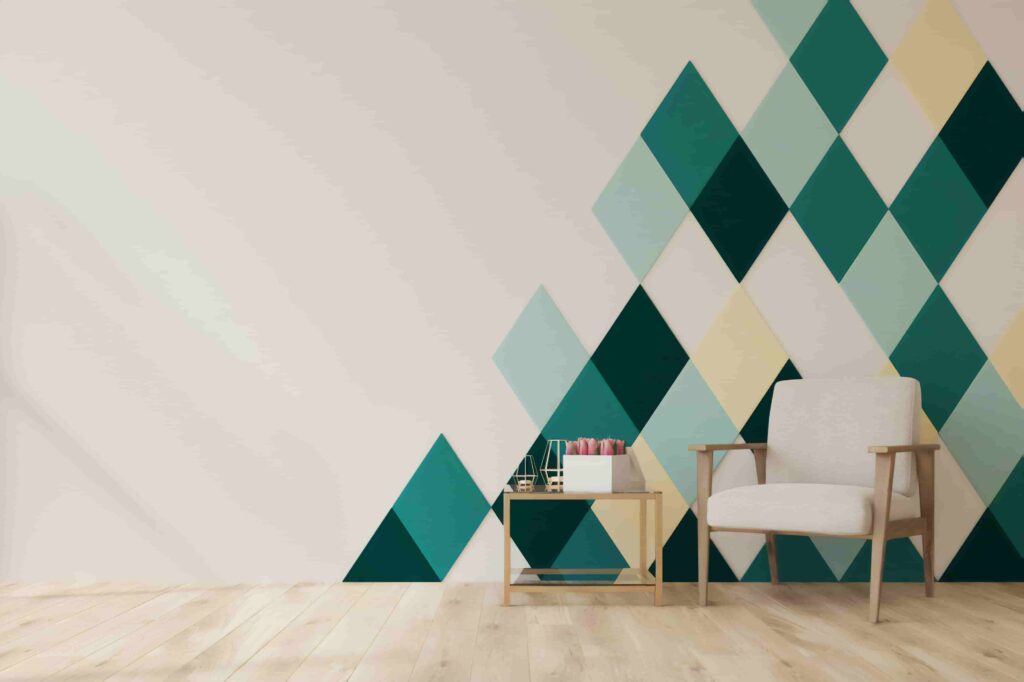
Painted patterns bring depth and intrigue to patio ceilings, turning them into captivating focal points. Incorporating contrasting colors and intricate designs elevates the overall ambiance of outdoor spaces.
When selecting patterns and colors, Consider scale, color palette, and style. Test swatches beforehand, and personalize the design to reflect your personality and complement the patio’s theme.
DIY painting techniques such as stenciling, trompe l’oeil, sponge, and mural painting offer creative ways to achieve unique and personalized patio ceilings. Experiment with different methods to create stunning results.
Read: Tamisie: Exploring The Rich Cultural Tapestry Of A Timeless Culinary Tradition
Metal Panels
Modern And Industrial Look
Metal panels lend a modern and industrial aesthetic to patio ceilings, imparting a sleek and contemporary vibe to outdoor spaces. Their clean lines, metallic finishes, and minimalist designs create a sophisticated ambiance that complements modern architecture and decor.
Durability And Weather Resistance
One of the key advantages of metal panels for patio ceilings is their durability and weather resistance. Unlike wood or fabric materials, metal panels are highly resilient to the elements, including rain, wind, and UV exposure. This makes them ideal for outdoor use, as they can withstand harsh weather conditions without deteriorating or requiring extensive maintenance.
Design Variations And Installation
Tips Metal panels offer various design variations and installation options to suit different preferences and practical considerations. Some common design variations include:
- Ribbed Panels: Ribbed metal panels feature raised ridges or grooves that add texture and visual interest to the ceiling surface.
- Perforated Panels: Perforated metal panels are punctuated with small holes or patterns, allowing for ventilation and light diffusion while maintaining privacy and shade.
- Corrugated Panels: Corrugated metal panels feature a series of parallel ridges and grooves, creating a distinctive linear pattern that adds depth and dimension to the ceiling.
When installing metal panels for patio ceilings, consider the following tips:
- Choose the Right Material: Select a metal material suitable for outdoor use and complementing your patio’s overall design scheme. Common options include aluminum, steel, and galvanized iron.
- Ensure Proper Support: Ensure that the ceiling structure is adequately reinforced to support the weight of the metal panels and withstand external forces such as wind and snow loads.
- Consider Finishes and Coatings: Opt for finishes and coatings that enhance the durability and aesthetic appeal of the metal panels, such as powder coating, anodizing, or galvanizing.
- Plan for Expansion and Contraction: Metal panels may expand and contract with temperature changes, so allow for sufficient expansion joints and spacing during installation to prevent buckling or warping.
Wicker Or Rattan Coverings
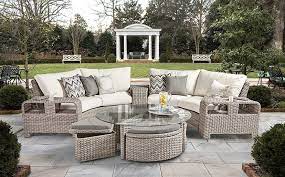
Bohemian And Relaxed Atmosphere
Wicker or rattan coverings evoke a bohemian and relaxed atmosphere, infusing outdoor spaces with a laid-back charm. Their natural, woven textures add warmth and character to patio ceilings, creating an inviting retreat where guests can unwind and enjoy the outdoors in comfort.
Incorporating Natural Textures
One of the main advantages of wicker or rattan coverings for patio ceilings is their ability to incorporate natural textures into the outdoor design. Wicker and rattan are derived from natural materials, such as palm stems or vines, which lend a tactile and organic feel to the ceiling surface.
This natural texture complements a variety of decor styles, from coastal and tropical to eclectic and rustic, and adds visual interest to the patio environment.
Maintenance And Care
While wicker and rattan coverings add a touch of natural beauty to patio ceilings, they require regular maintenance and care to preserve their appearance and longevity. Here are some maintenance tips:
- Clean regularly with gentle soap and a soft brush.
- Protect from sunlight, moisture, and humidity.
- Repair loose strands with glue or consult a professional.
- Store indoors or in a covered area during inclement weather.
Read: Millieyt – Exploring The Heart Of Cultural Identity And Unity
FAQs
1. Why Should I Consider Installing A Patio Ceiling?
They offer shade, protection from the elements, and structural support for lighting and fans. Additionally, they enhance the overall aesthetic of your outdoor space, creating a more inviting and comfortable environment for relaxation and entertaining.
2. What Materials Are Commonly Used For Patio Ceilings?
Common materials for patio ceilings include wood, metal, fabric, bamboo, wicker, and rattan. Each material offers unique aesthetic qualities, durability, and maintenance requirements, allowing you to choose the option that best suits your preferences and complements your outdoor decor.
3. How Do I Decide Which Patio Ceiling Material Is Right For Me?
When choosing a patio ceiling material, consider factors such as the climate and weather conditions in your area, the architectural style of your home, your budget, and your maintenance preferences.
4. Are There Any Maintenance Considerations For Patio Ceilings?
Yes, the maintenance requirements for patio ceilings vary depending on the material used. Wood ceilings may require periodic sealing or staining to protect against moisture and UV damage, while metal ceilings may need occasional cleaning to remove dirt and debris.
5. Can I Install Lighting Fixtures Or Fans On My Patio Ceiling?
Absolutely! Many patio ceilings are designed to accommodate lighting fixtures, fans, and other accessories. Be sure to choose fixtures rated for outdoor use and follow proper installation guidelines to ensure safety and functionality.
6. How Can I Make My Patio Ceiling More Energy-Efficient?
To improve the energy efficiency of your patio ceiling, consider adding insulation to reduce heat transfer and improve thermal comfort. Additionally, opt for energy-efficient lighting fixtures and fans, which consume less energy and can help lower utility costs.
7. Is It Possible To Install A Patio Ceiling Myself, Or Should I Hire A Professional?
The answer depends on the installation’s complexity and your experience with DIY projects. While some homeowners may feel comfortable tackling certain patio ceiling installations themselves, others may prefer to enlist the help of a professional, especially for more intricate designs or structural modifications.
Conclusion
In conclusion, patio ceilings enhance outdoor living spaces by providing shade, protection, and aesthetic appeal. With a wide range of materials and design options available, homeowners can customize their patio ceilings to suit their preferences and lifestyle. Whether DIY or professionally installed, a well-designed patio ceiling transforms an ordinary outdoor area into a stylish and comfortable retreat for relaxation and entertainment.
Read More:
